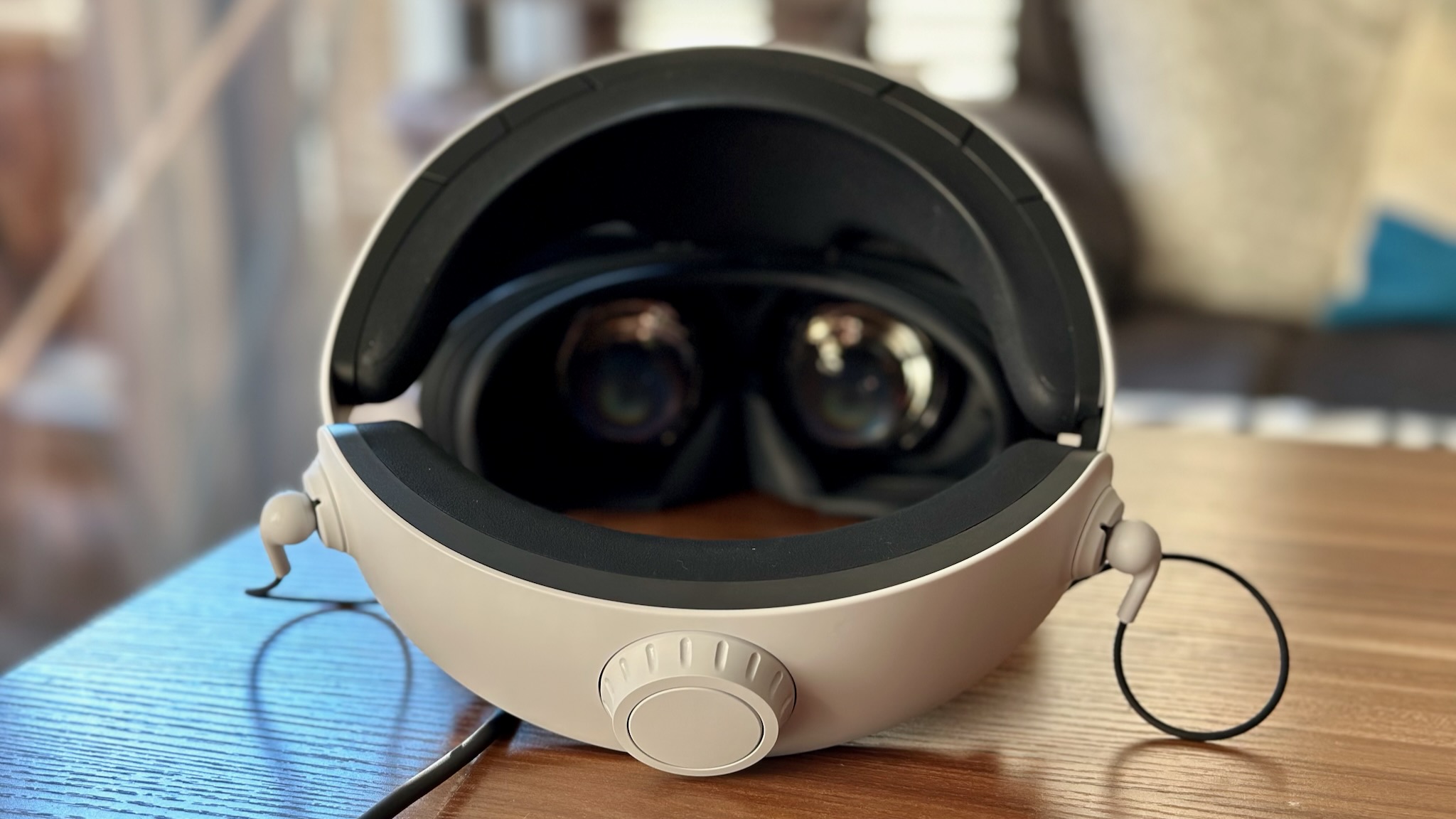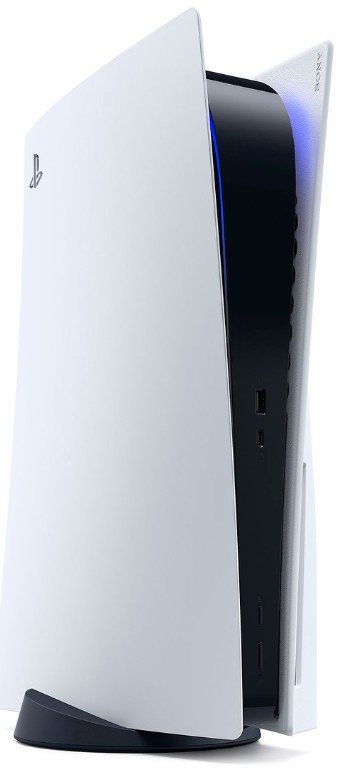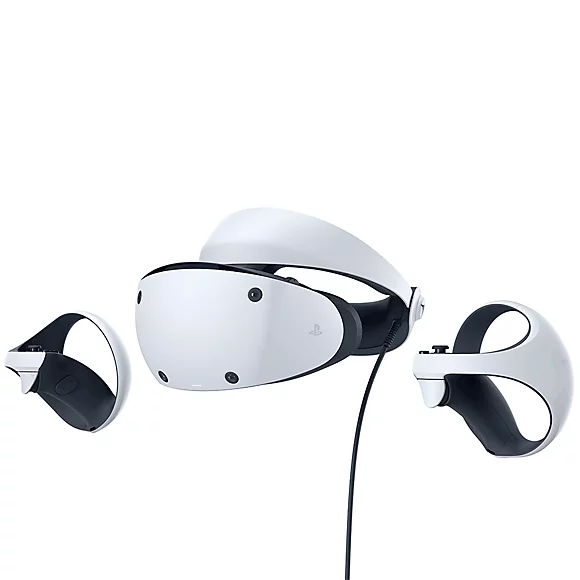What resolution is the PSVR 2 display?
The numbers only tell part of the story.

Now that the PlayStation VR2 is finally out and available to buy at any time, we're taking a deeper look at all the little features and hardware specs Sony's latest VR system has to offer. Resolution is often a very important aspect of a display's visual quality, but VR headsets are a little more complicated than a TV or monitor.
As such, the PSVR 2's display resolution is only one part of what delivers the image to your eyes. We're going to look at the resolution, display type, lens type, and how everything comes together to deliver a stellar image to your eyeballs.
What resolution is the PSVR 2 display?
Why you can trust Android Central

Sony's PlayStation VR2 sports the latest in OLED technology, bringing HDR brightness levels to affordable VR headsets for the first time. But the PSVR 2 doesn't just use one OLED panel. Instead, it splits the display and provides one 2000 x 2040 resolution OLED panel for each eye.
The original PSVR used a single 1920 x 1080 resolution panel, meaning each eye received 960 x 1080 pixels. As you can tell by the numbers alone, that's a huge upgrade in visual clarity above the original PSVR.
Comparatively, the Oculus Quest 2 hits 1832 x 1920 per eye. While that means the PSVR 2 sports a higher resolution than the Quest 2, the resolution itself doesn't tell the whole story.
That's because the PSVR 2's displays are PenTile OLED panels, while the original PSVR and the Quest 2 are RGB stripe panels. If that sounds like mumbo jumbo, don't worry, I'll explain. Take a look at this picture, to start:

VR headsets like the Meta Quest 2, Valve Index, and several others use LCD panels specifically because they use RGB Stripe subpixel arrangements. As you can see from the image above, an RGB stripe layout means that each pixel is made up of one red, one green, and one blue subpixel organized in a neat, straight line.
Compare that with an OLED panel that uses a Diamond PenTile layout — like the PSVR 2 — and you'll see that the PenTile layout has a lot more space between each subpixel. To make up for this, Sony installed a diffusion filter between the lenses and the display that helps reduce the "screen door effect" caused by space between pixels.
Because of this, the headset's resolution is effectively reduced since the image itself looks less sharp. While it's hard to specifically measure the PSVR 2's resolution decrease because of the subpixel arrangement, other Diamond PenTile displays are usually about 20% "lower" perceived resolution than an RGB Stripe panel at the same resolution.
iFixIt's Shahram Mokhtari posted a magnified version of the PSVR 2's displays on Twitter, proving that Sony did, indeed, switch from RGB Stripe on the original PSVR to Diamond PenTile on the PSVR 2.


Next-generation is more than graphics
You'll need a PS5 in order to use the PSVR 2, so be sure to pick one up first!

Get the latest in cutting-edge VR hardware from Sony and experience VR like never before. A gorgeous HDR OLED display, brand new haptics in the controllers and headset, and adaptive triggers that respond to what you're doing in VR make the virtual worlds come to life.
Get the latest news from Android Central, your trusted companion in the world of Android

